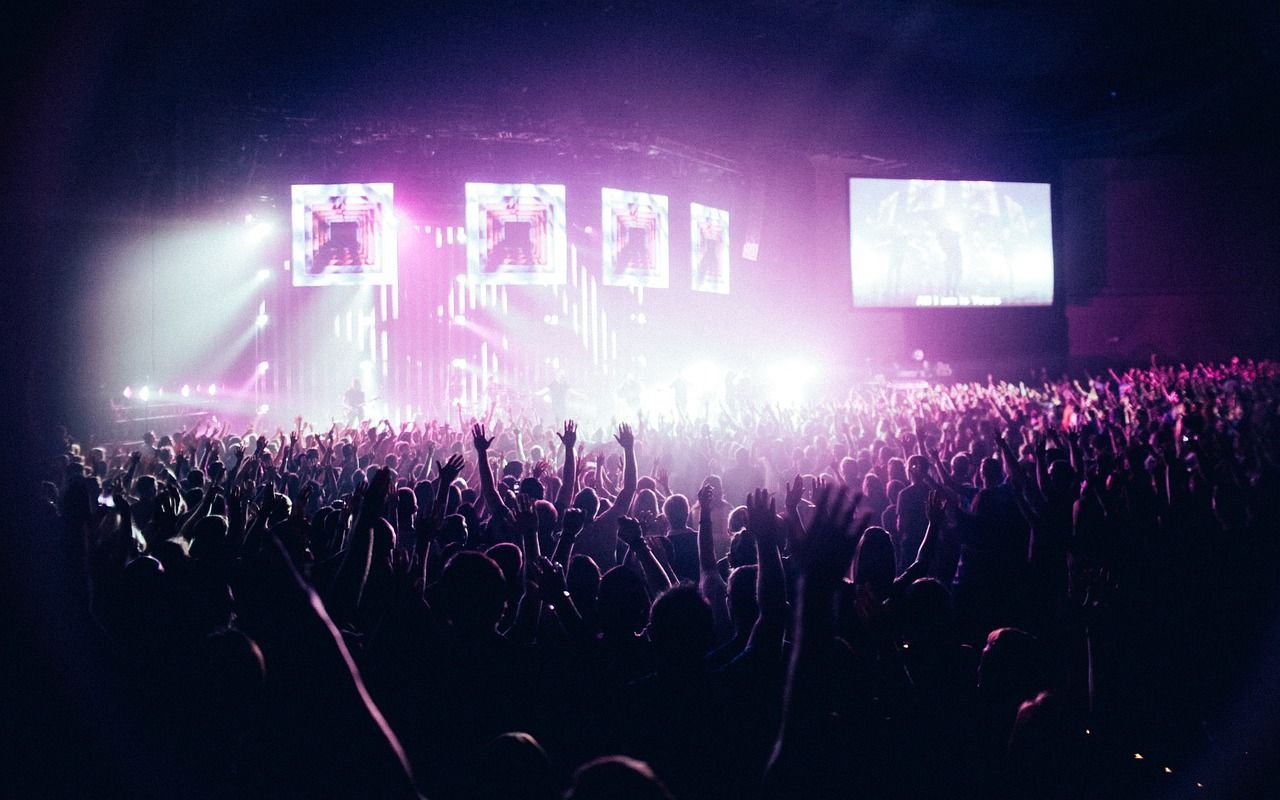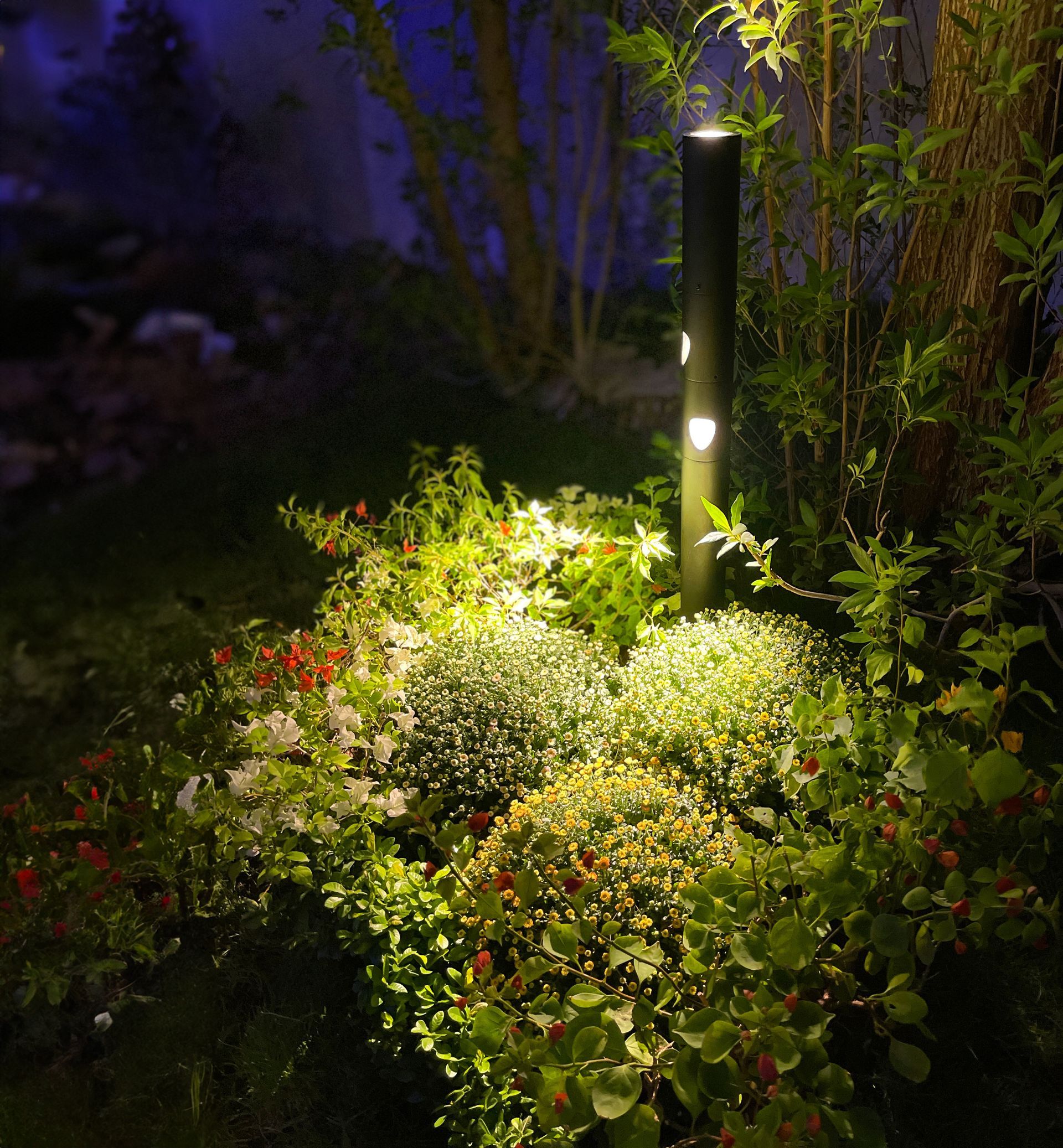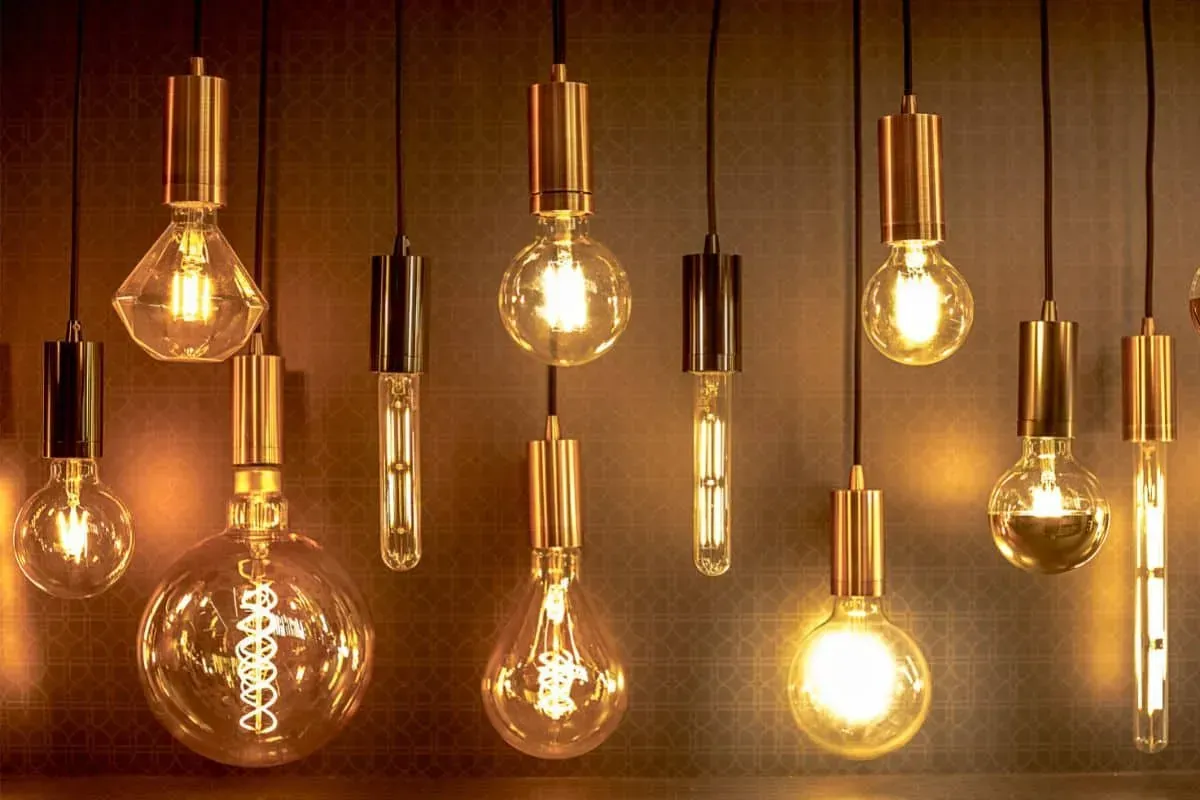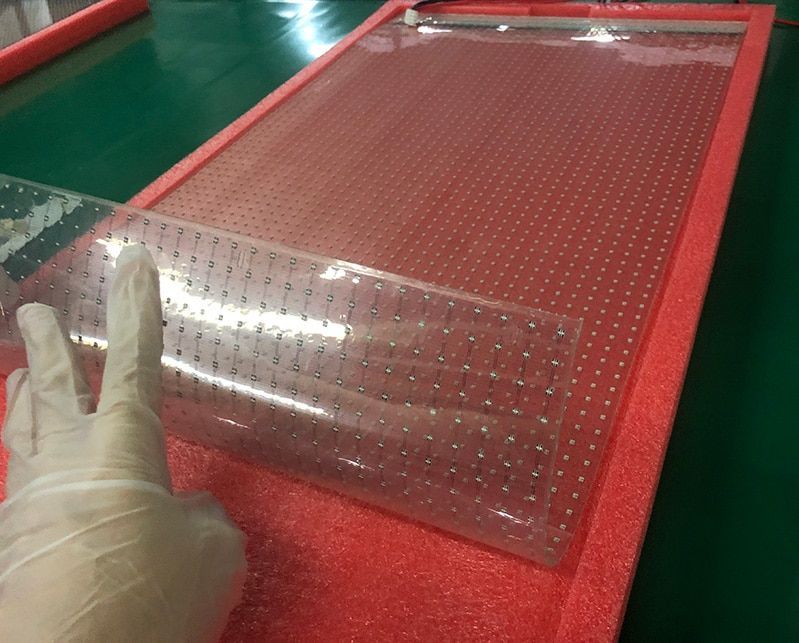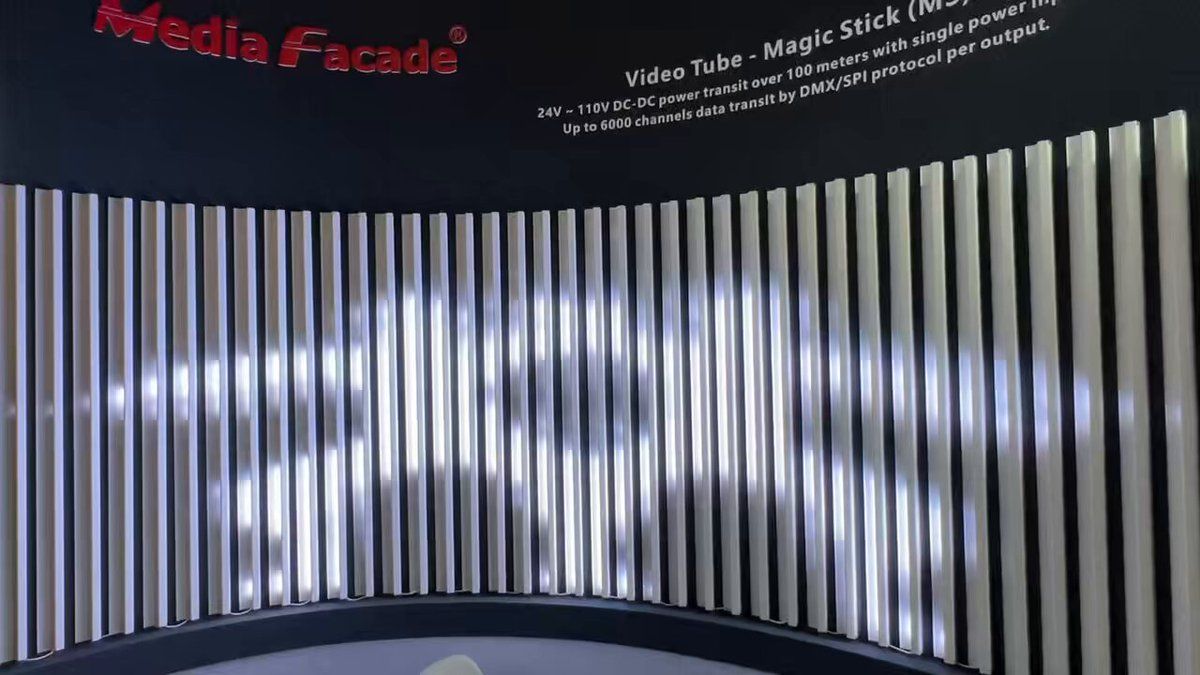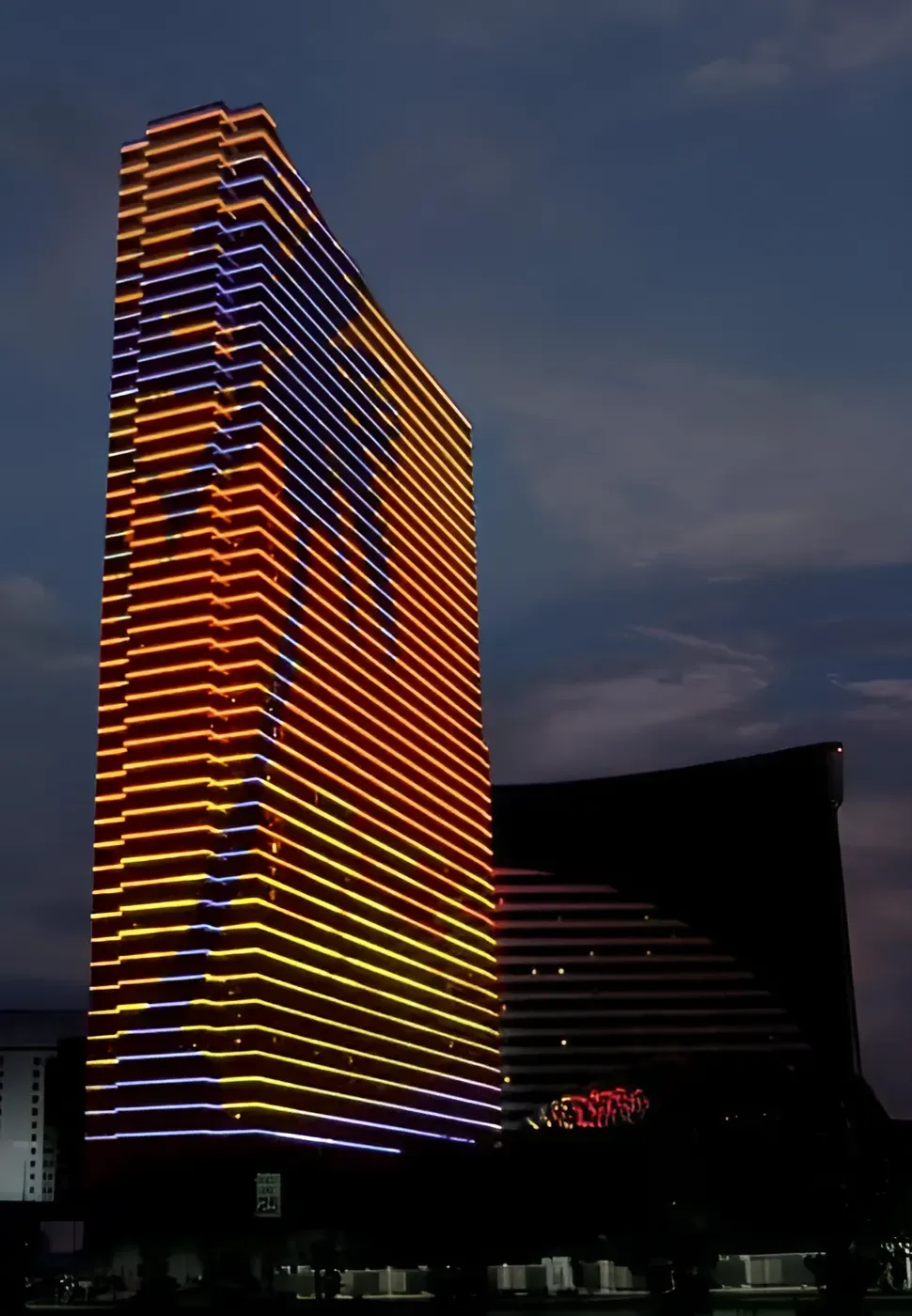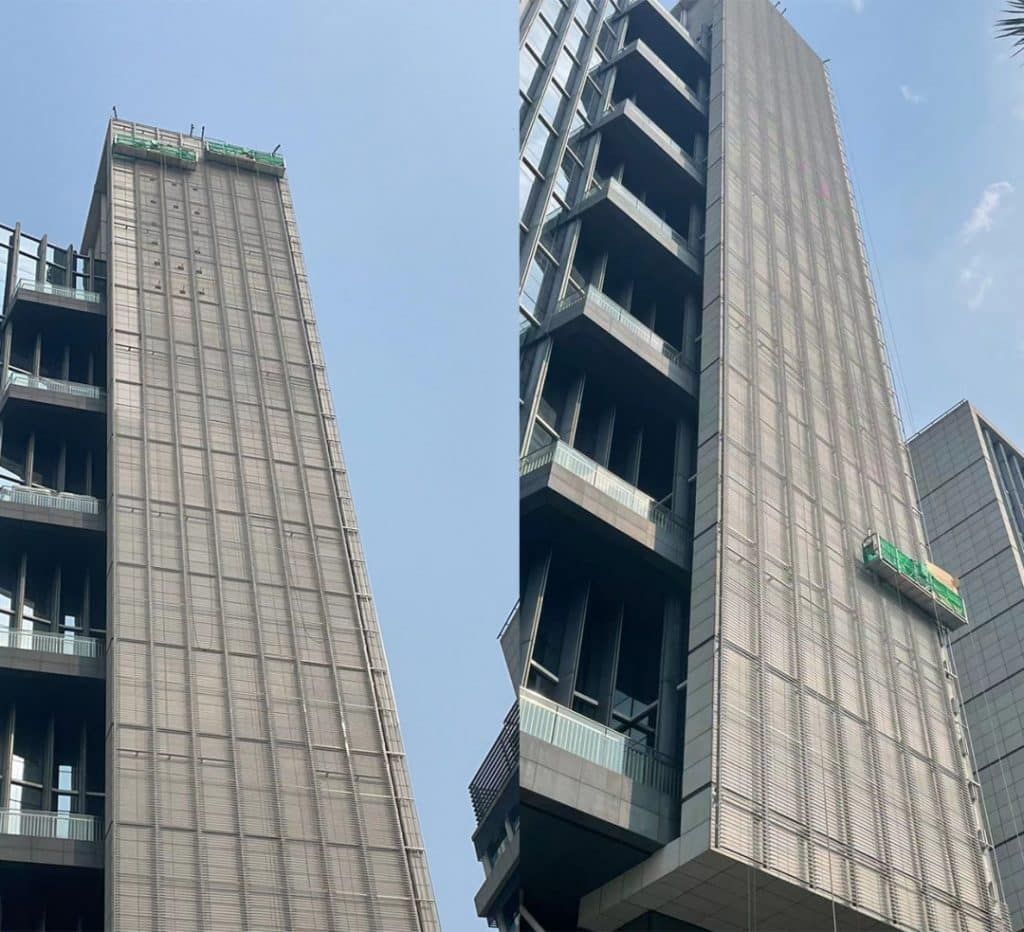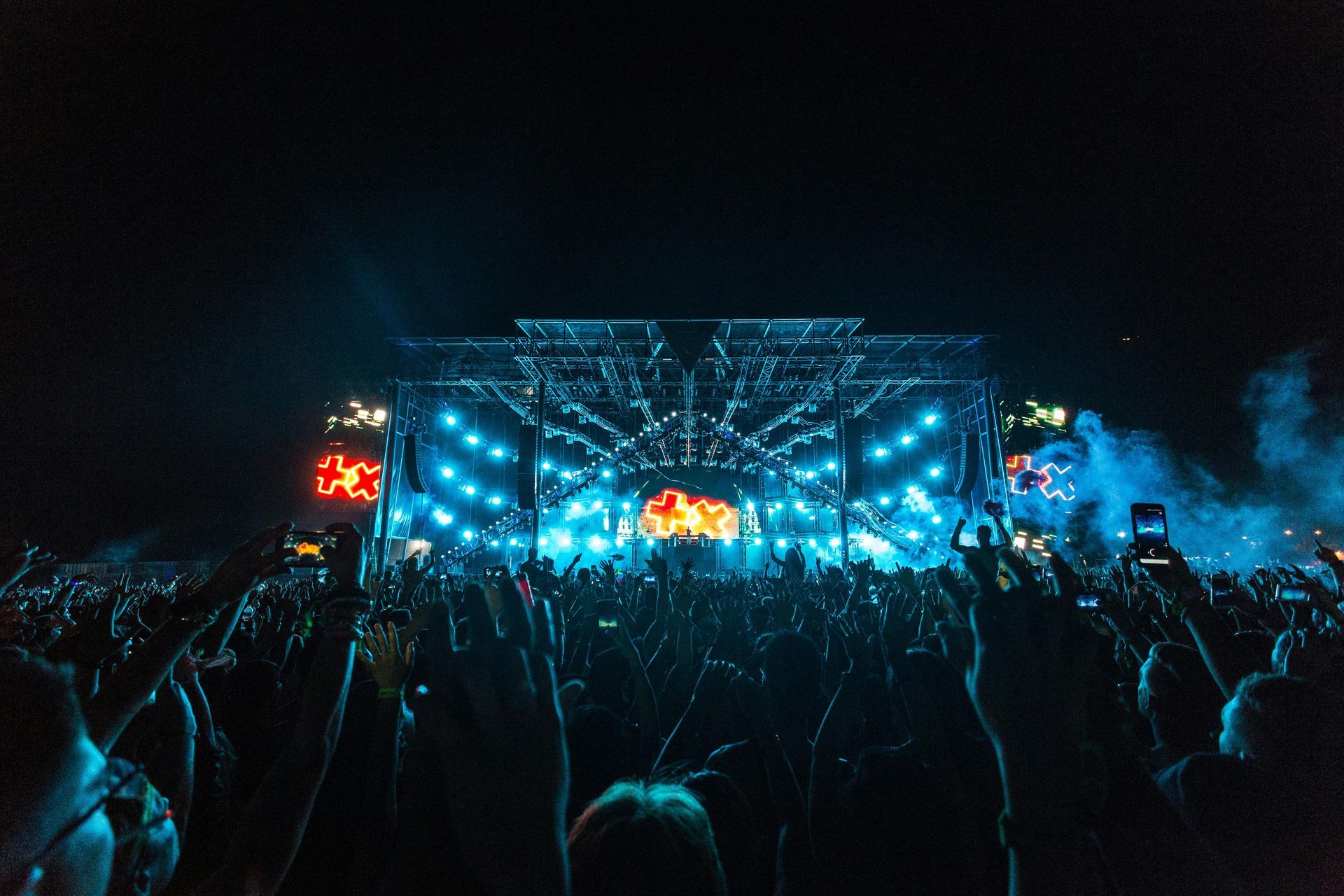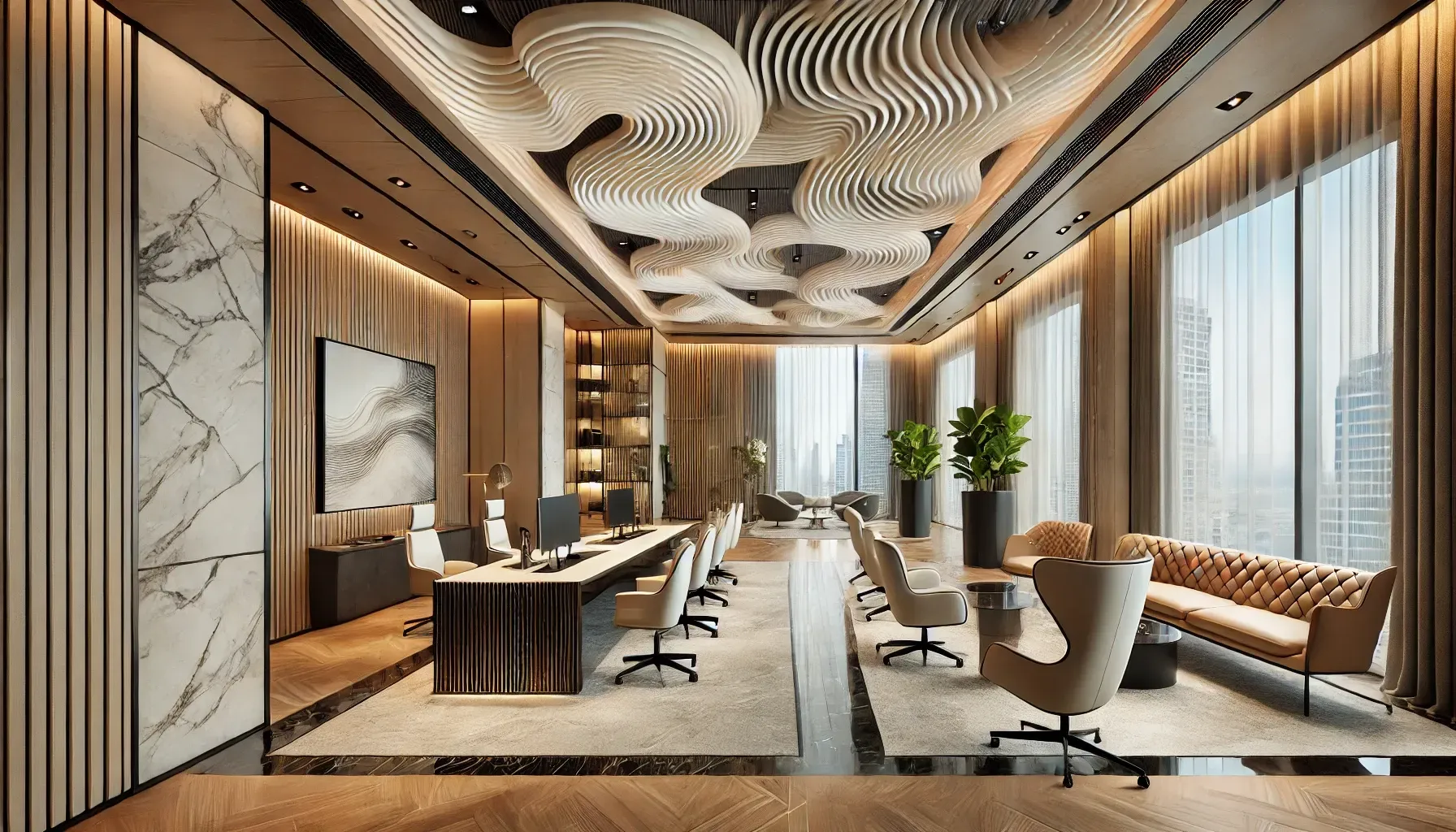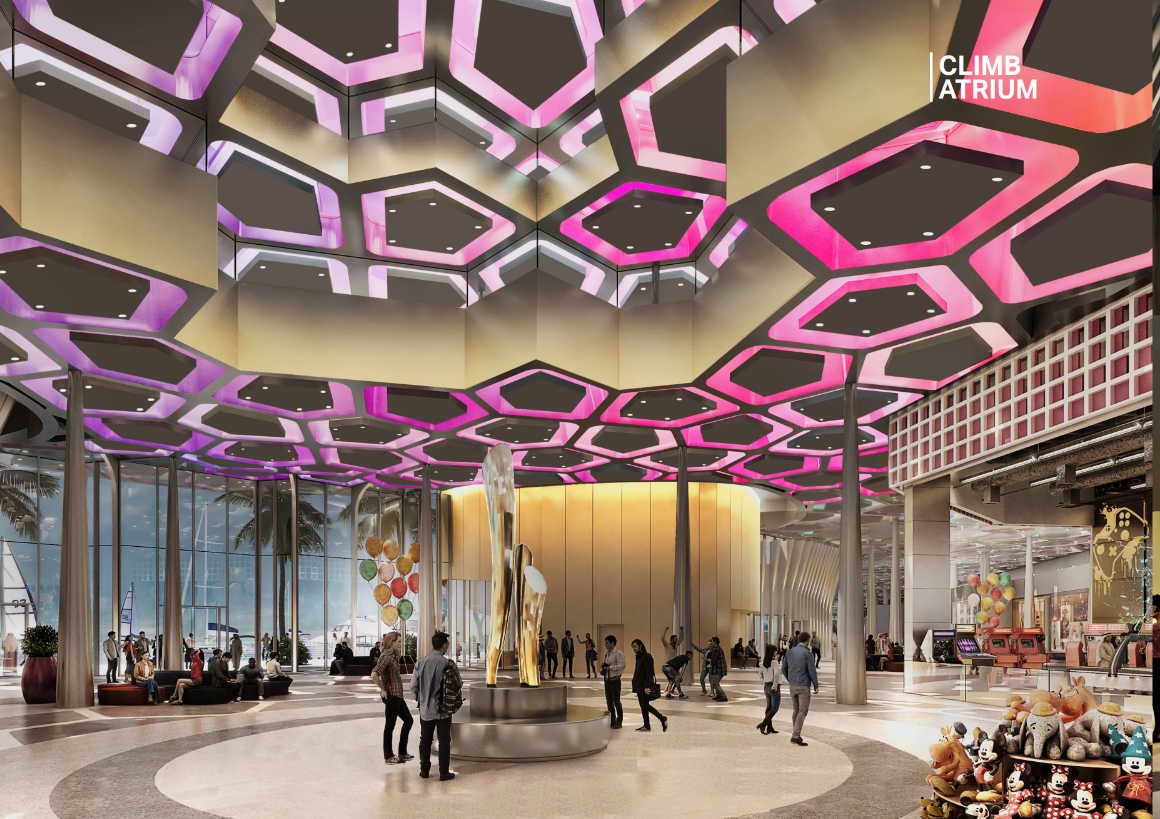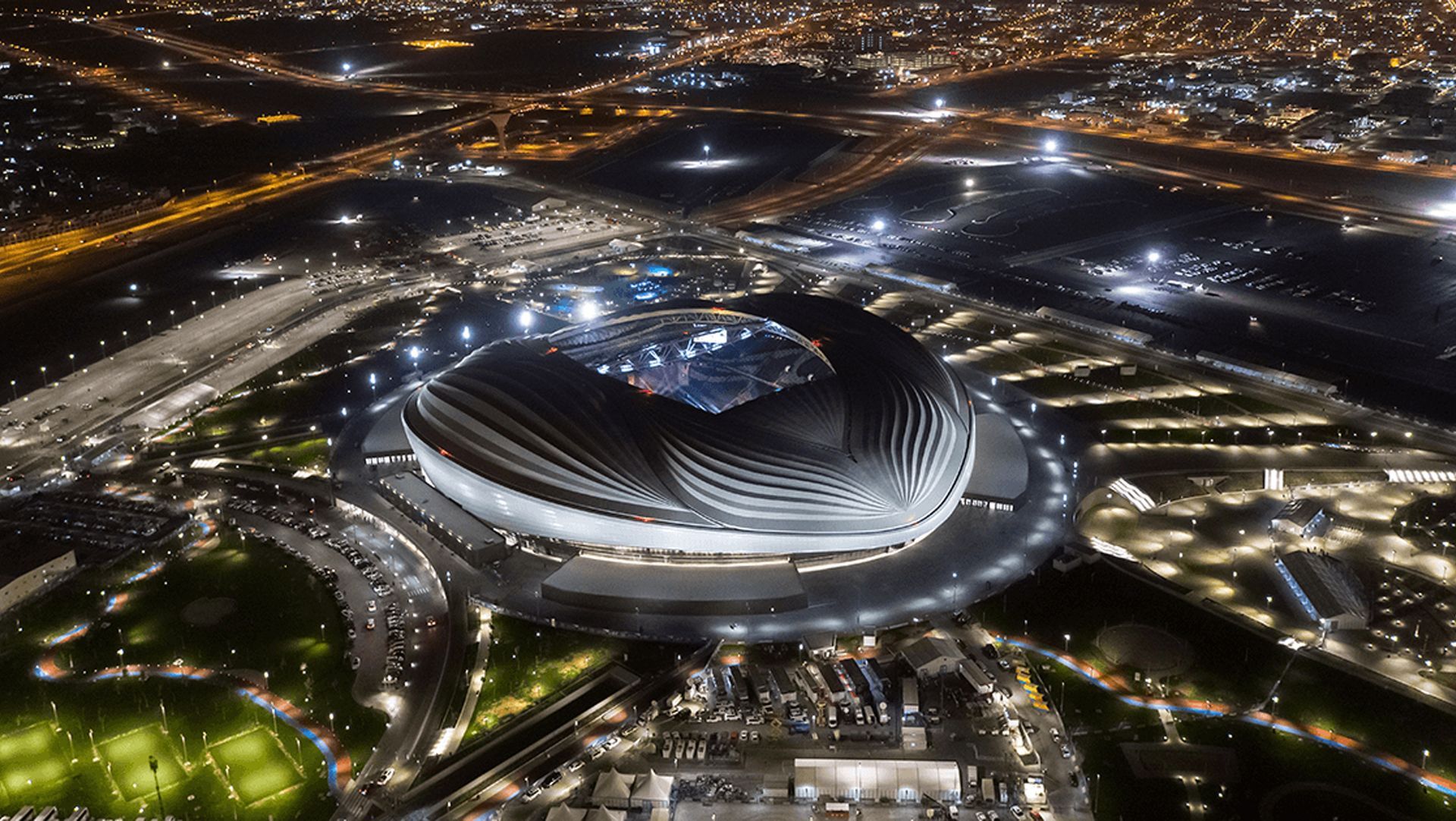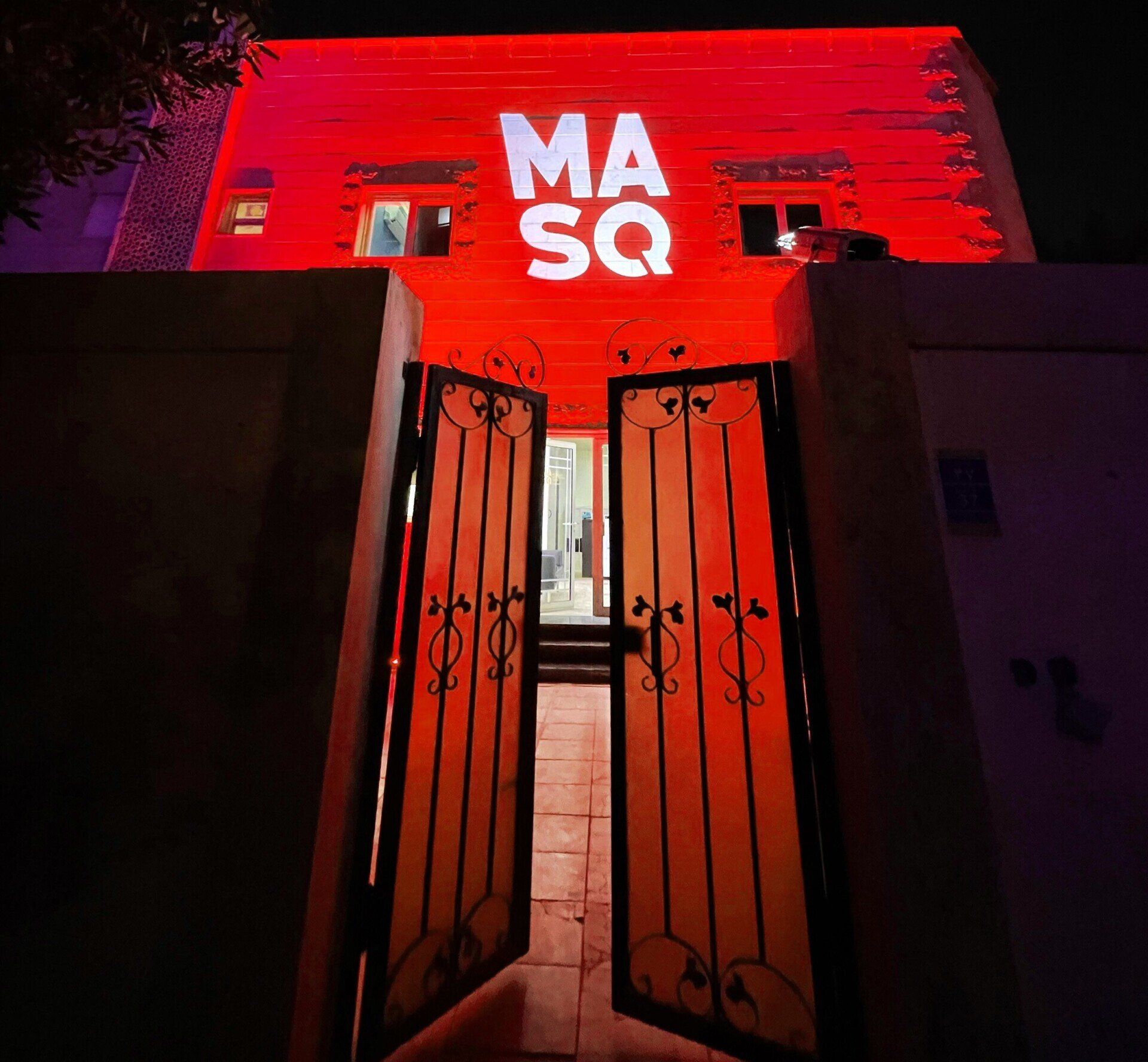Revolutionizing Modern Architecture: The Role of Media Facades In Lighting Design
Revolutionizing Modern Architecture: The Role of Media Facades In Lighting Design
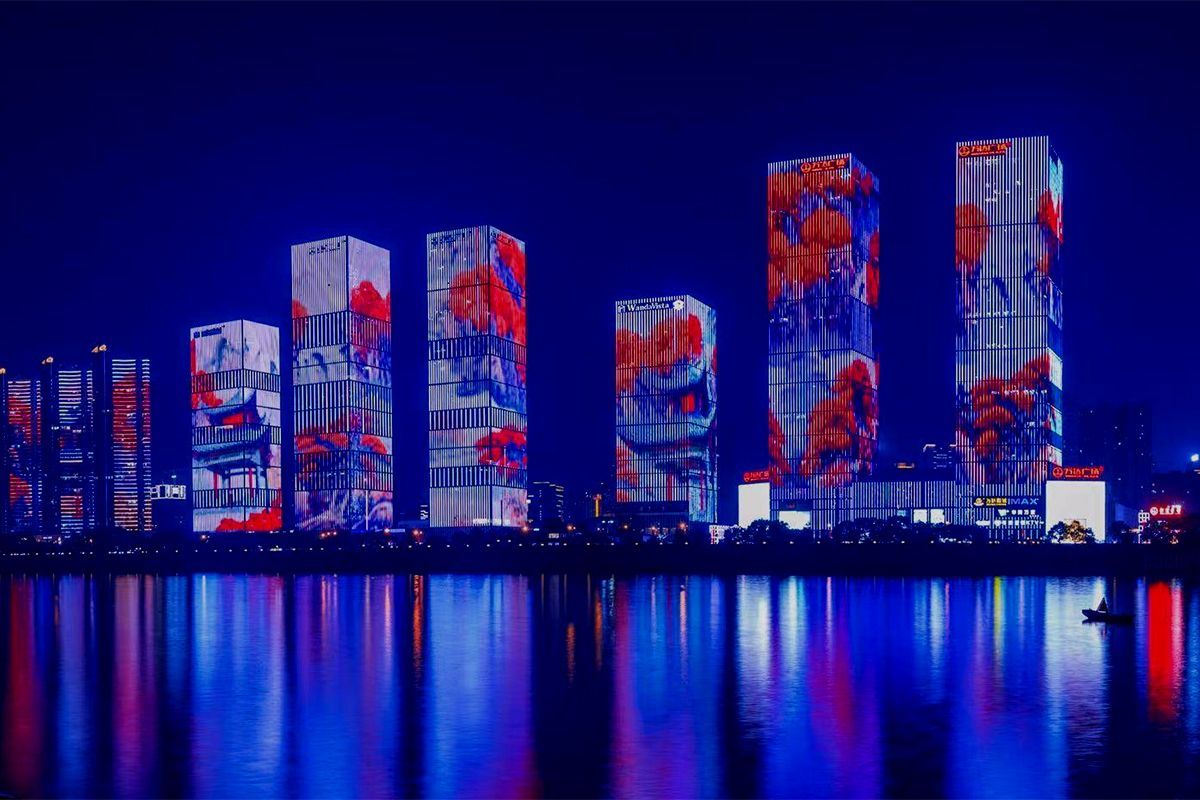
In the evolving world of urban design and architecture, Media Facades are transforming the way we interact with buildings. These dynamic installations blur the lines between art, technology and functionality, turning static structures into living canvases. From enhancing cityscapes to creating immersive brand experiences, Media Facades have become an integral part of modern architecture.
But what exactly are Media Facades? How do they work, and what makes them so versatile? Let’s delve deeper into the world of Media Facades, focusing on four key types—Transparent Screens, Pixel Lights, Video Tubes & Curtains, and Media Mesh—and their applications across various industries.
What Are Media Facades?
Media Facades are architectural surfaces that incorporate light and display technologies to communicate visual content. Whether it's a high-resolution screen seamlessly integrated into a building’s exterior or a transparent LED display that enhances aesthetics without obstructing views, Media Facades serve as a bridge between digital media and architecture.
These installations have diverse applications, including advertising, entertainment, public art and functional lighting. With sustainability and innovation at their core, Media Facades are designed to be energy-efficient, weather-resistant and adaptable to different environments.
Exploring the Four Main Types of Media Facades
1. Transparent Screens: Merging Functionality with Elegance
Transparent Screens redefine how displays are integrated into architecture. With high transparency levels (up to 93%), these screens allow natural light to pass through while showcasing vibrant visuals. Their super-slim, lightweight design makes them ideal for spaces where discretion and elegance are key.
Applications:
- Retail and Commercial Spaces: Transparent Screens enhance storefronts by displaying dynamic advertisements without obstructing the view of the interior.
- Architectural Installations: Their seamless design complements modern glass facades, blending digital content with physical architecture.
- Museums and Galleries: Perfect for showcasing digital exhibits while preserving the aesthetic of the venue.
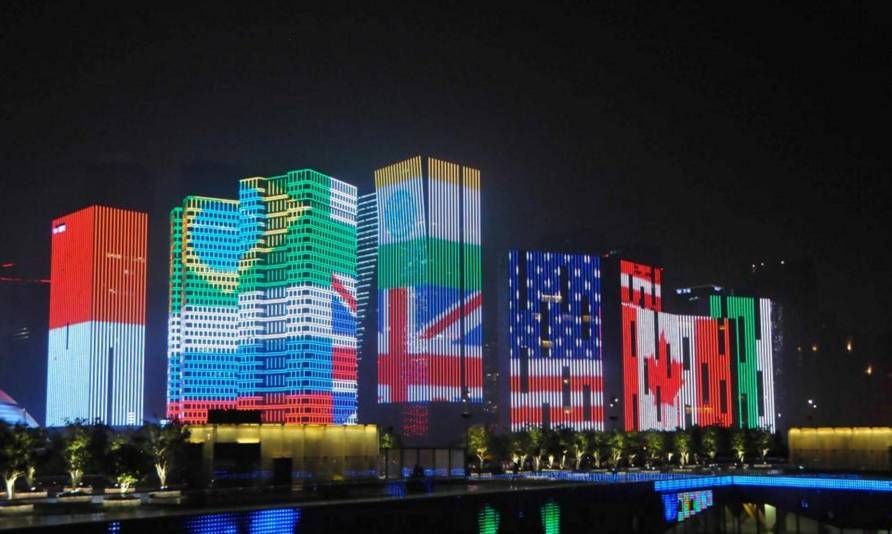
2. Pixel Light: Precision in Design and Illumination
Pixel Lights are compact LED units that provide high brightness with low power consumption. These customizable lights allow architects and designers to create intricate patterns and animations on building exteriors, adding depth and character to structures.
Applications:
- Art Installations: Pixel Lights enable creative lighting effects, transforming buildings into works of art.
- Bridges and Monuments: Highlight architectural features with dynamic light displays that capture attention.
- Sports Venues: Enhance the energy of stadiums with vibrant, synchronized lighting during events.
3. Video Tube & Curtain: Flexibility Meets High Performance
Video Tubes & Curtains offer a unique combination of transparency, flexibility, and high brightness. These solutions are ideal for both fixed and rental installations, providing dynamic visual effects for day and night.
Applications:
- Outdoor Events: From concerts to festivals, their lightweight and modular design make setup quick and efficient.
- Landmarks: Highlight city skylines with flexible LED curtains that adapt to unique architectural shapes.
- Retail and Entertainment Venues: Create immersive customer experiences with vibrant digital displays.
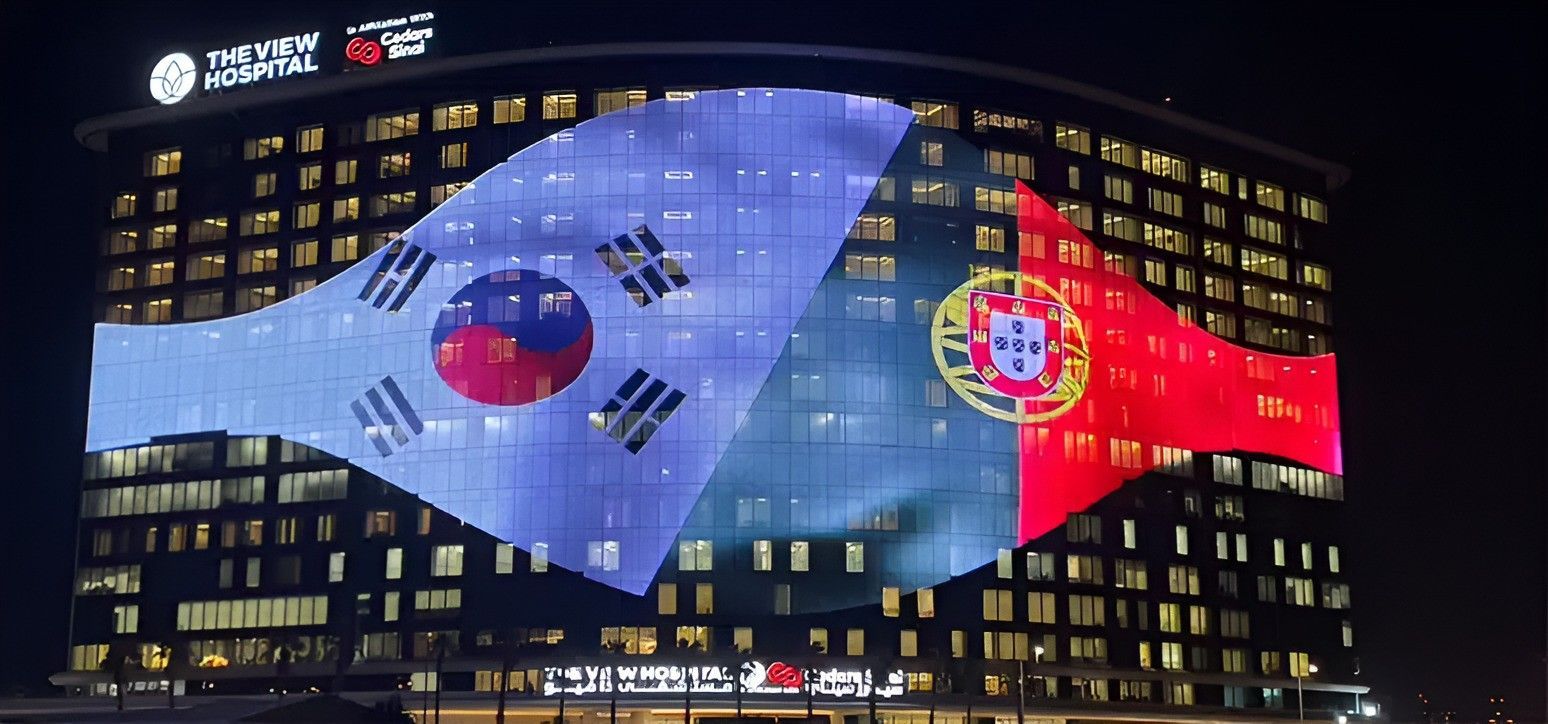
4. Media Mesh: The Future of Flexible Displays
Media Mesh stands out for its ultra-lightweight, flexible design and high transparency. It combines form and function, making it a versatile solution for large-scale installations. With a range of brightness options, Media Mesh is suitable for both indoor and outdoor applications.
Applications:
- Skyscrapers: Transform urban skylines with dazzling, full-building displays that captivate audiences.
- Multi-Architecture Projects: Perfect for creative designs, Media Mesh adapts to irregular shapes and complex structures.
- Public Art: Engage communities with interactive displays that bring cityscapes to life.
Why Media Facades Matter
Media Facades are more than just technological marvels; they are a statement of innovation and sustainability. By integrating energy-efficient LEDs, modular designs and advanced control systems, they reduce environmental impact while enhancing the visual appeal of cities.
Moreover, Media Facades offer a unique platform for storytelling. Whether it’s sharing brand messages, showcasing public art or creating immersive environments, these installations foster connections between people and places.
The Future of Media Facades
As cities become smarter, Media Facades will play a pivotal role in shaping urban landscapes. With advancements in materials, software, and integration techniques, the possibilities are endless. From interactive displays powered by AI to facades that respond to environmental changes, the future of Media Facades is bright—both literally and figuratively.
At the forefront of this innovation are products like Transparent Screens, Pixel Lights, Video Tubes & Curtains, and Media Mesh. Together, they exemplify the perfect blend of technology, artistry, and sustainability, paving the way for a new era in architectural design.
Are you ready to transform your space with the magic of Media Facades? Let the world see your vision come to life—one pixel at a time.
Contact us for a consultation!
Share on

